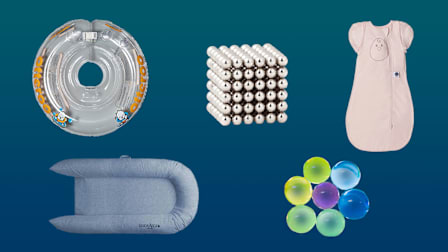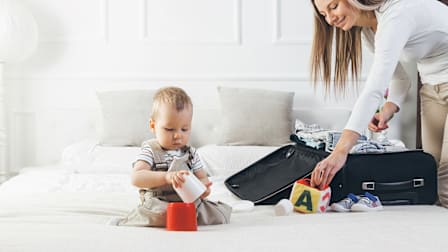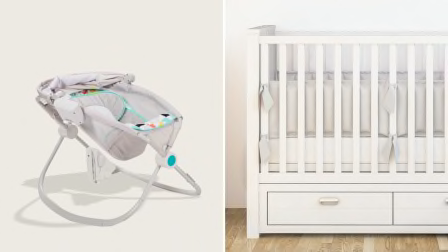Best Play Yards and Pack and Plays of 2025
We asked 21 parents to help us evaluate top-rated play yards from BabyBjörn, Graco, and Guava

Play yards can make the life of a new parent quite a bit easier. You can use one as a day-to-day crib; as a place to let your baby safely play within eyesight while you get other work done; or as a handy travel crib. Also called pack and plays, pack ’n plays, or playpens, they’re a good way to keep your baby safe and contained at home.
Play yards are also helpful when traveling with your baby, because they’re designed to be easy to move and pack away and can function as a safe sleep space for your baby when you’re away from home.




















